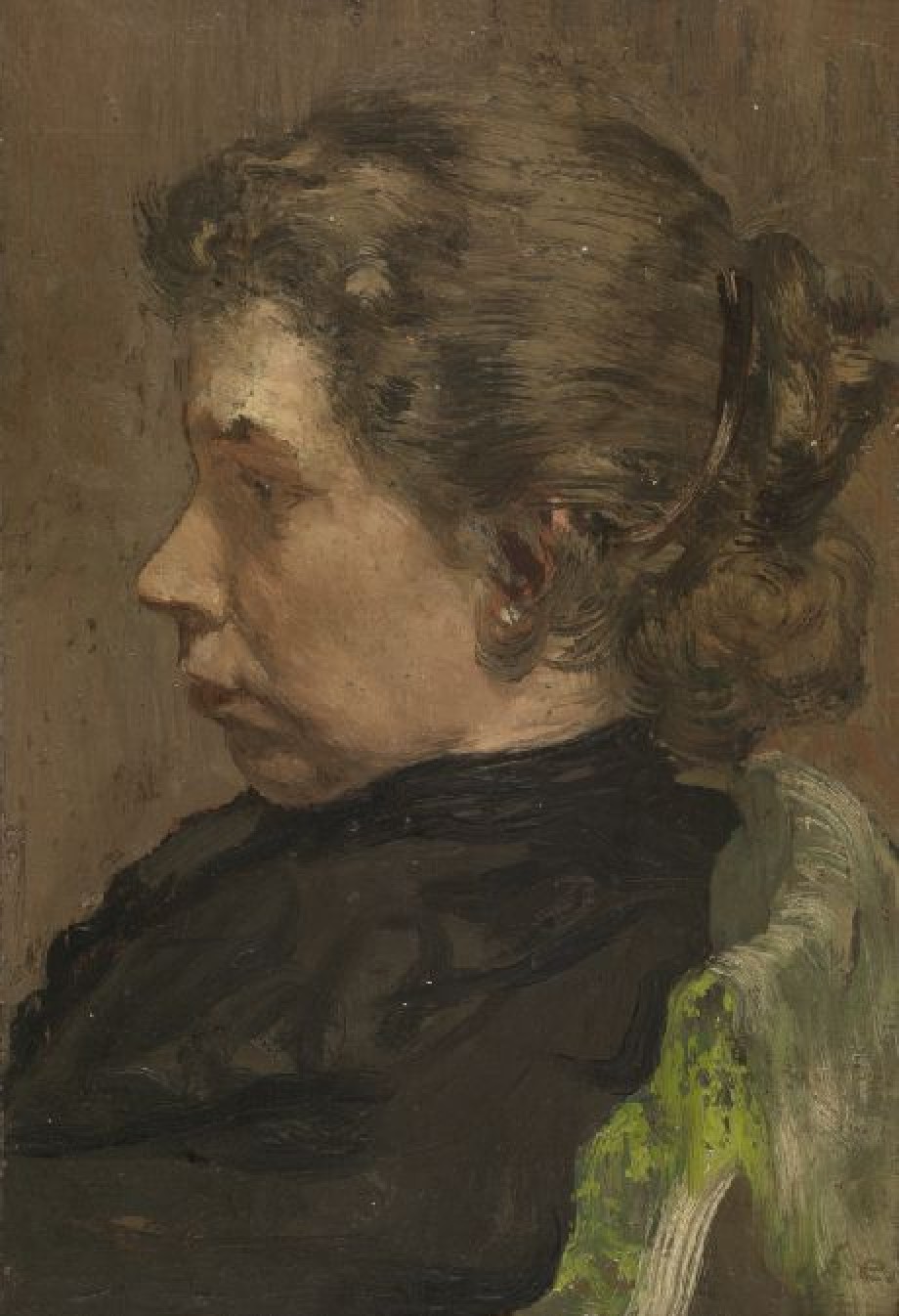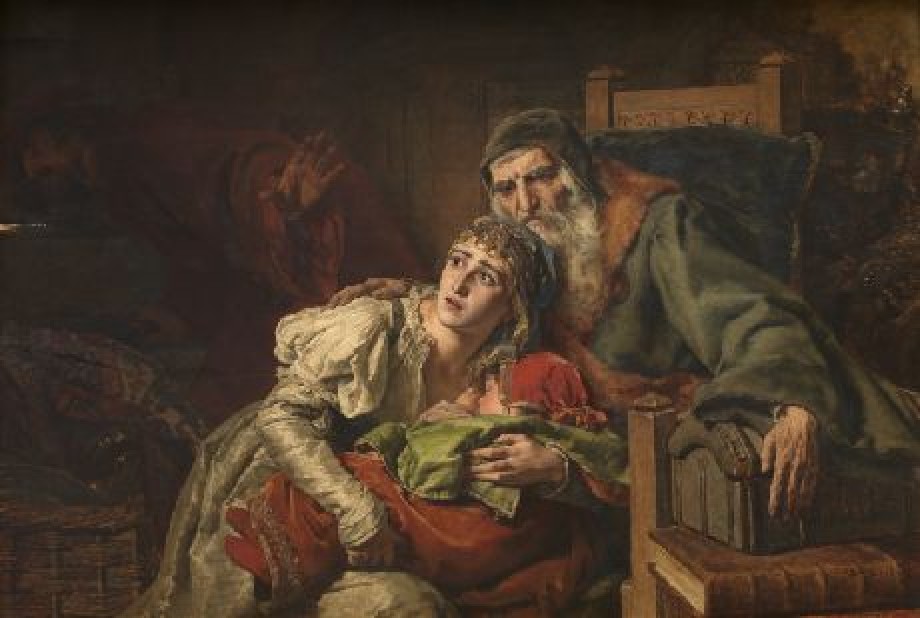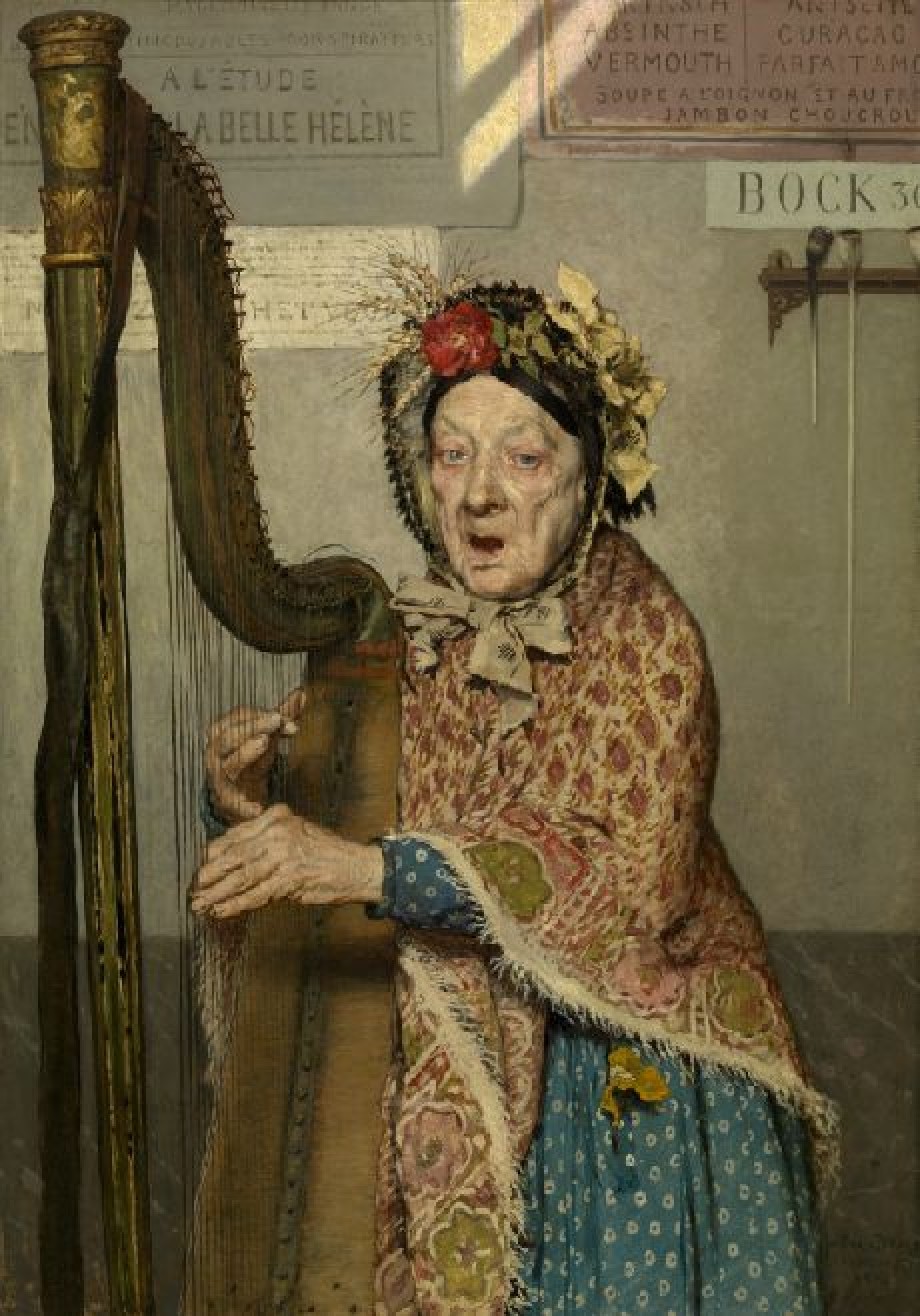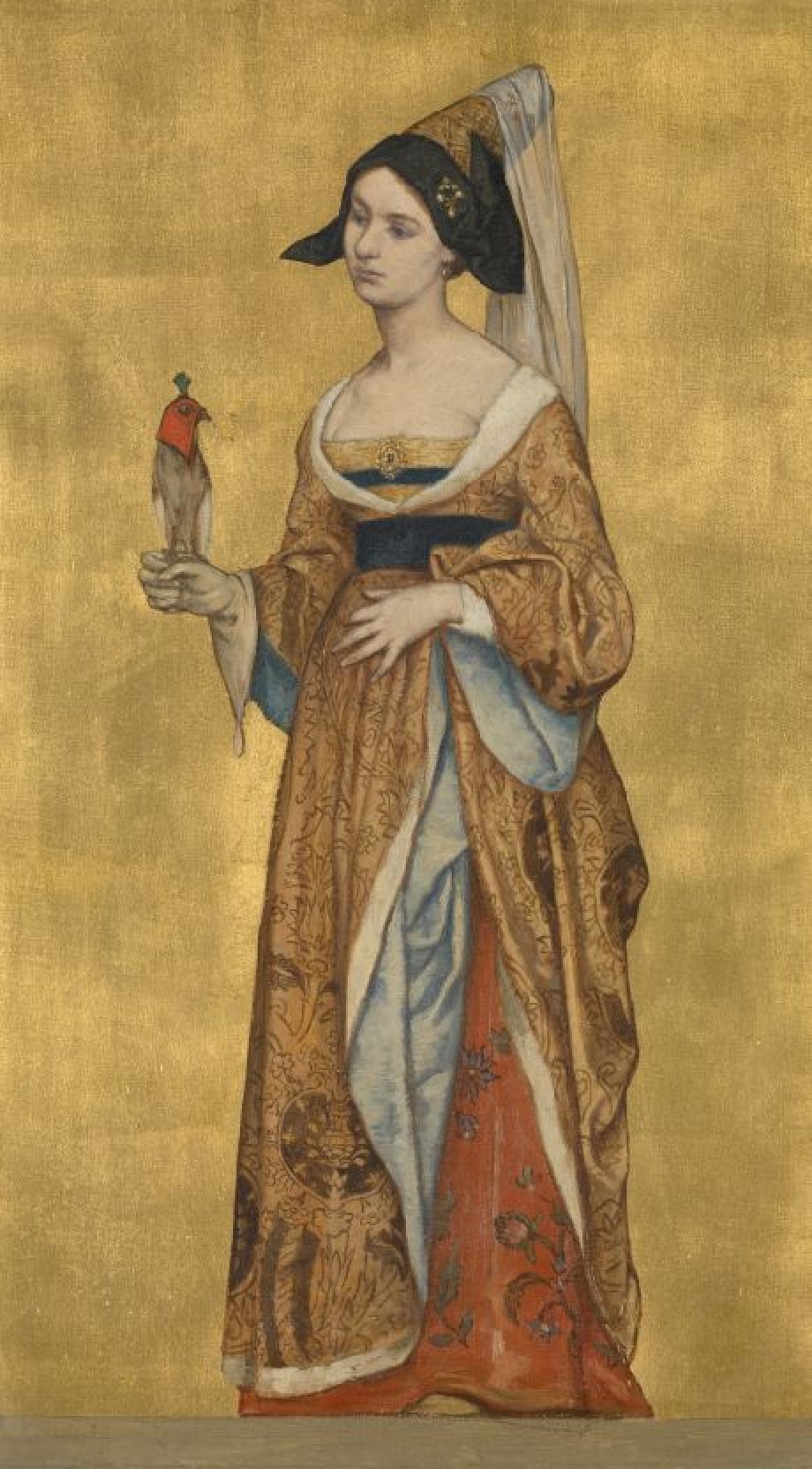Peasant Woman Digging Potatoes

Artist / maker
Vincent van Gogh (painter)Date
(1885)Period
19th centuryCollection
Royal Museum of Fine Arts Antwerp
1885 has gone down in the annals of art history as the year when Van Gogh immersed himself in drawing and painting peasants. The potato eaters is regarded as his earliest masterpiece. It was his first genre painting with a highly worked up composition involving several figures. In a letter to his brother Theo he explained what he had hoped…
Read more
1885 has gone down in the annals of art history as the year when Van Gogh immersed himself in drawing and painting peasants. The potato eaters is regarded as his earliest masterpiece. It was his first genre painting with a highly worked up composition involving several figures. In a letter to his brother Theo he explained what he had hoped to achieve with the painting: ‘... so that people get the idea that these folk, who are eating their potatoes by the light of their little lamp, have tilled the earth themselves with these hands they are putting in the dish, and so it speaks of manual labour and — that they have thus honestly earned their food.’
In mid-July 1885, when he had finished several large ‘paintings in clogs’, as he called the genre, he wrote that ‘for the time being... I plan to make only small ones’. Peasant woman digging potatoes is a good example of that. He now wanted to practice modelling figures and giving them added volume to make them more lively. This was his response to criticism he had received about his rather stiff and flat figures in The potato eaters. His friend and fellow painter Anthon Gerard Alexander van Rappard had asked: ’why, then, observe and treat everything so superficially? Why not study the movements?’
The sturdy Peasant woman digging potatoes is bending over in a field, gazing at the ground. She is rooted firmly on the earth, wearing huge clogs, as she drives a potato fork firmly into the ground with her powerful fists. Preoccupied with her work, she has become one with the heavy but essential physical movements that she carries out every day in her outdoor life. That is why both the figure and the landscape have the same bleak, earthy colour. Van Gogh’s angular, sketchy and disproportionate manner of painting resonates with the unvarnished depiction of toiling, rugged agricultural workers.
During his stay in rural Nuenen from 1883 to 1885, Van Gogh often visited peasant cottages to make studies from life. He testified to his brother about the trouble he had translating his faithful impressions of daily life into mature pictures back in his studio. He regarded Jean-François Millet as ‘the eternal master’ of the peasant genre. For example, he read Alfred Sensier’s book, La vie et l’oeuvre de J.F. Millet, in which the author quoted a well-known passage by the 17th-century writer Jean de la Bruyère, who compared peasants to ‘savage-looking animals,... attached to the soil which they dig and grub with invincible stubbornness.... When they get to their feet they display a human face. They are, in fact, men. They retire at night into their dens where they live on black bread, water and roots.’
According to Walther Van Beselaere, who was chief curator of the Royal Museum of Fine Arts Antwerp in 1958, this Peasant woman digging potatoes was ‘the only outstanding work from Vincent’s Dutch, dark period’. The museum could buy it because it was auctioned for the fairly low price of 300,000 Belgian francs.
In September 1997 it was stolen from the museum at the dead of night by three thieves. In addition to Peasant woman digging potatoes they made off with a work by the French painter Adolphe Monticelli, who, with his nervous brushwork and thick layers of paint was a major source of inspiration for Van Gogh. Two of the burglars were caught a fortnight later when they responded to a fake offer to buy back the paintings by detectives. They were recovered from a delivery van and returned to the museum.
Read less











